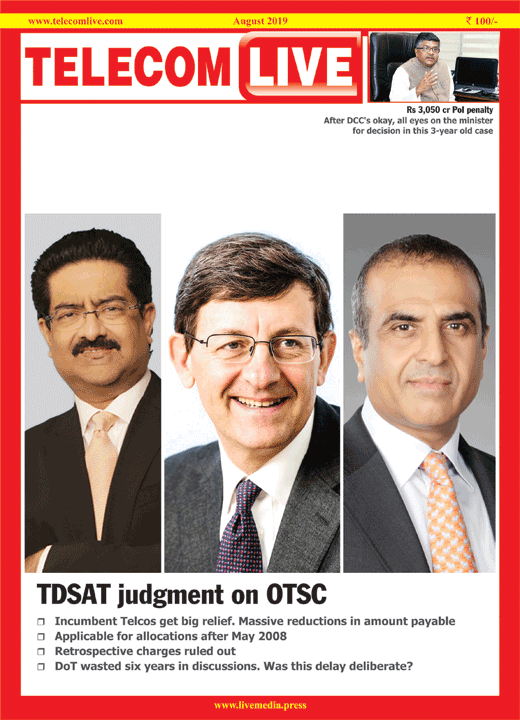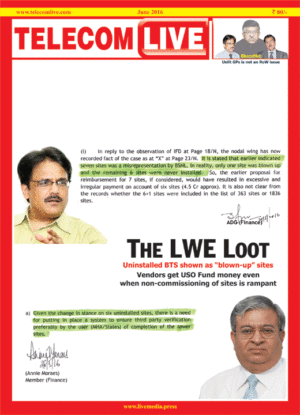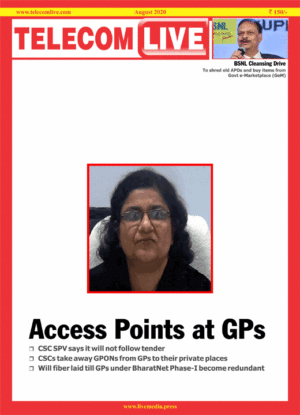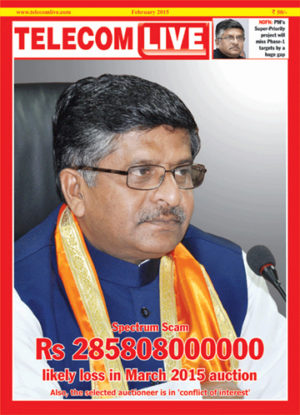TDSAT has given its judgement in the one-time-spectrum-charge (OTSC) related to the amount demanded by DoT from Vodafone Idea Ltd.
This matter is also popularly known as the excess spectrum case. The incumbent telcos held spectrum beyond their contractual entitlements (excess spectrum) without paying anything for it. The CAG Report, November 2010, had attributed Rs 36,993 crore loss on account of excess spectrum, when it said the government lost Rs 1.76 lakh crore in spectrum allocation. This was the 2G scam. In December 2012, finally after wasting six long years in discussion on retrospective or prospective charge, the DoT issued demand letters to operators, all of whom went in appeal.
Most of the excess spectrum was allocated before May 2008. Now the TDSAT judgement has made OTSC payable only after May 2008. It gives three big benefits to the operators.
First, it states that the DoT was obligated to give 6.2 MHz spectrum (not just 4.4 MHz), so any OTSC being demanded by DoT for spectrum from 4.4 MHz to 6.2 MHz is to be rejected.
Second, for excess spectrum allotted before July 1, 2008, no OTSC is payable till December 31, 2012, and it is payable from January 1, 2013. Retrospective charging was ruled out. The TDSAT’s logic for this is that DoT did not communicate its intention to telcos for charging them for the past allocation.
Third, TDSAT has said that no reason has been given by DoT for counting excess spectrum in 1800 MHz spectrum first, followed by spectrum in 900 MHz, and hence it reversed the order. That is, the spectrum in 900 MHz band has to be counted first, followed by spectrum in 1800 MHz band. This also benefits the telcos, because the spectrum in 900 MHz band is very expensive compared to spectrum in 1800 MHz, which TDSAT has allowed to be set-off against the license entitlement.
As per the license conditions, DoT could allocate additional spectrum of upto 2×1.8 MHz taking it to a “cumulative maximum” spectrum of 2×6.2 MHz. This additional spectrum was subject to “availability, justification and payment of additional license fee”. There was no provision for allocation of any extra spectrum beyond 2×6.2 MHz.
However, DoT without fixing any criteria for justification and without payment of additional licence fee provided the spectrum of 2×6.2 MHz to telecom operators. The incumbent telcos received spectrum as high as 2×10 MHz without payment of any spectrum fee.
The TDSAT judgement seems to give away a lot of excess spectrum for free to the incumbents.




